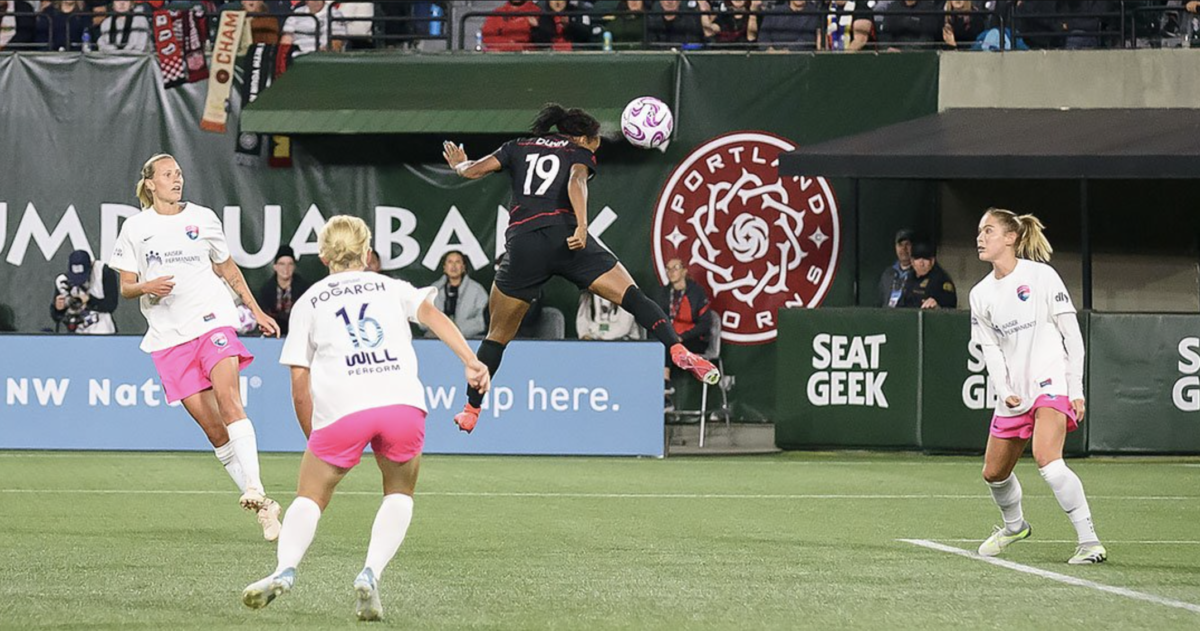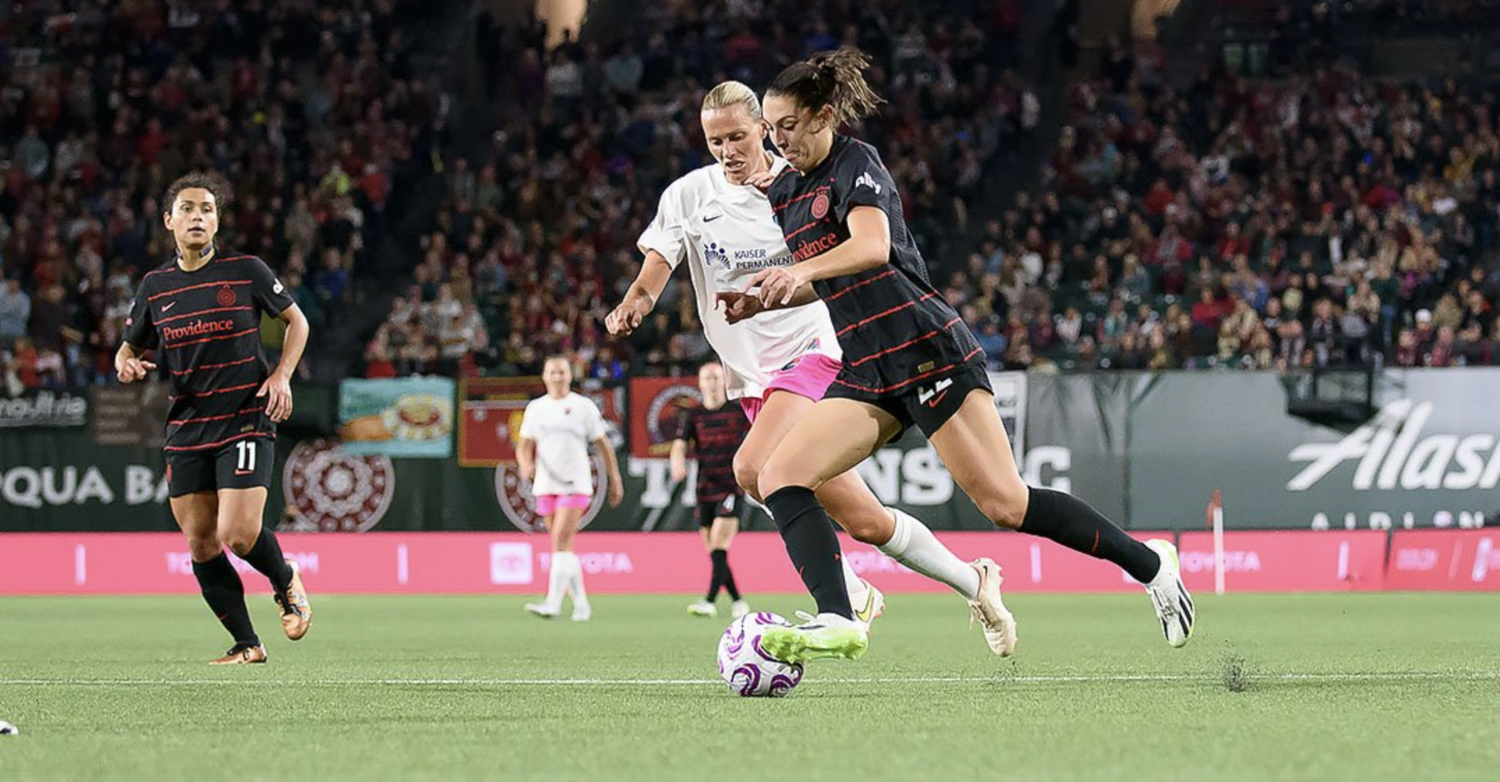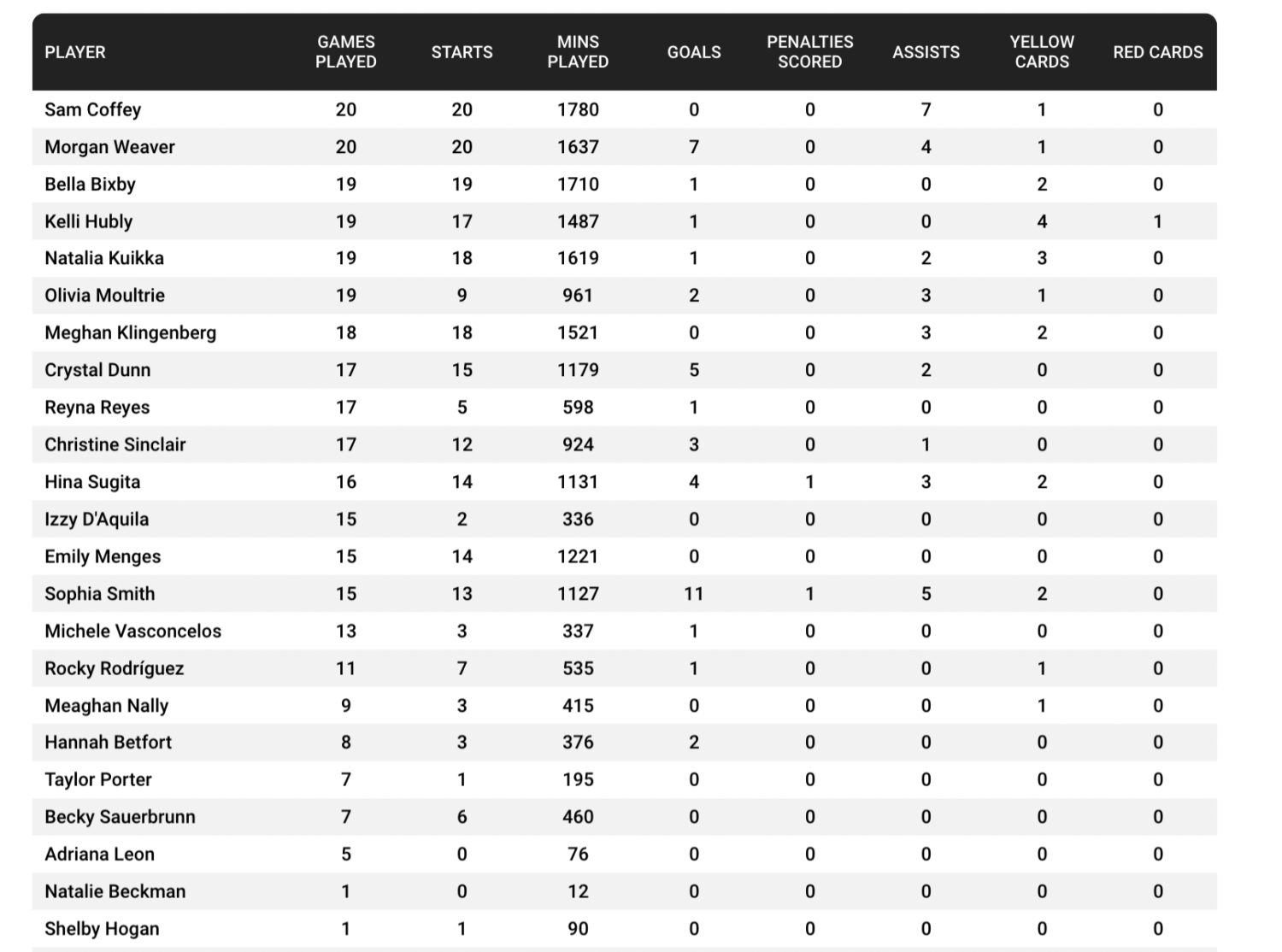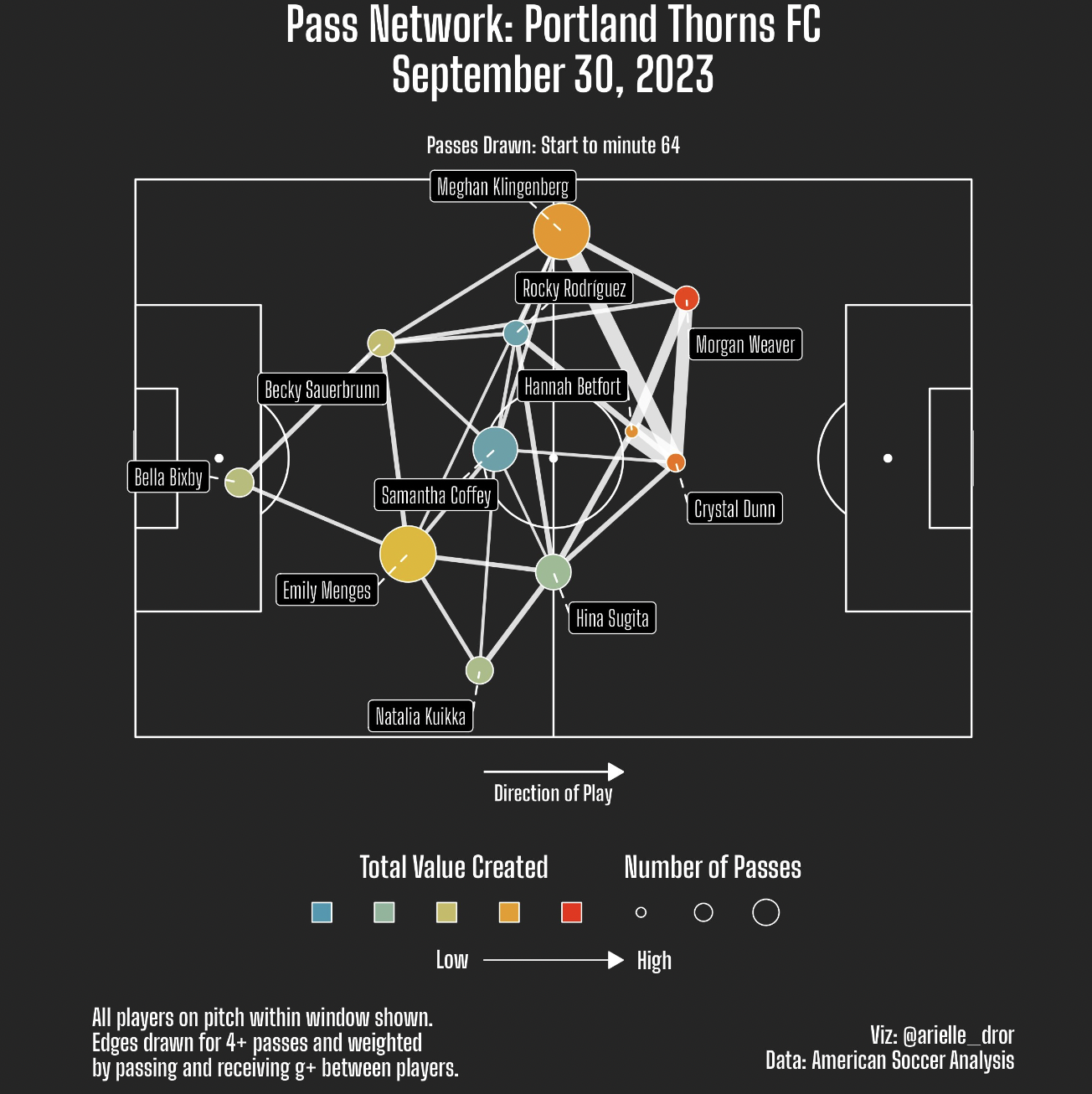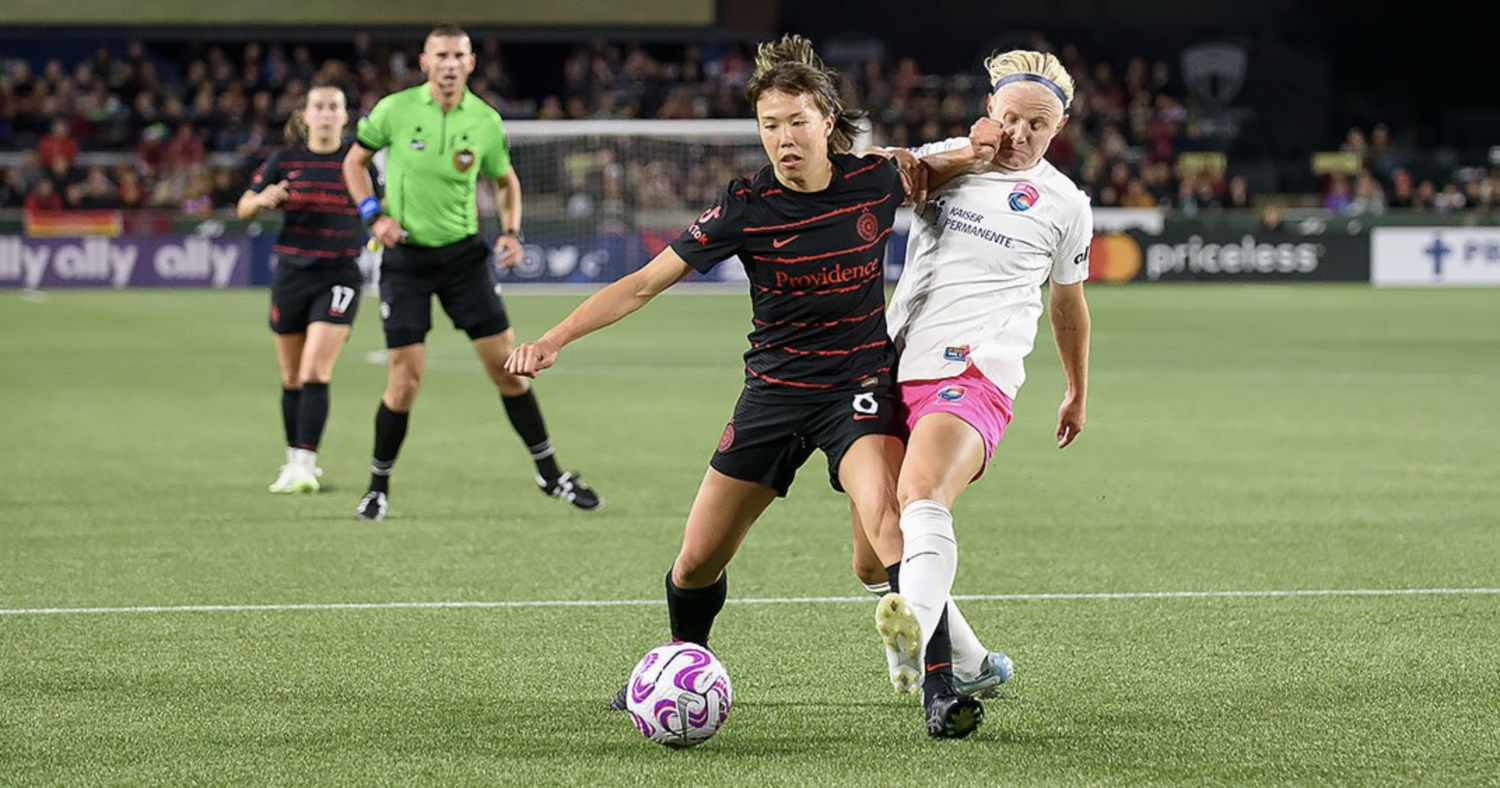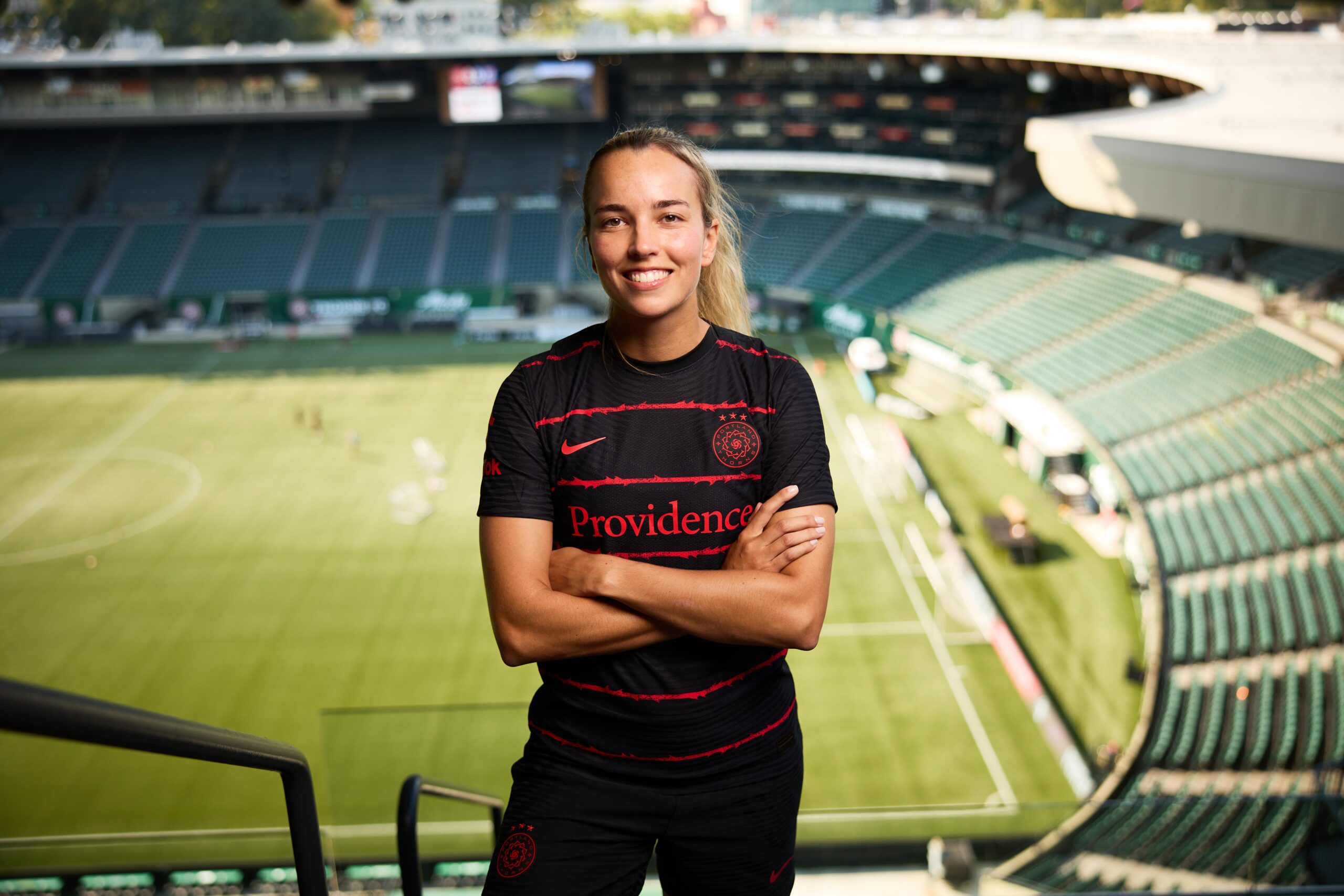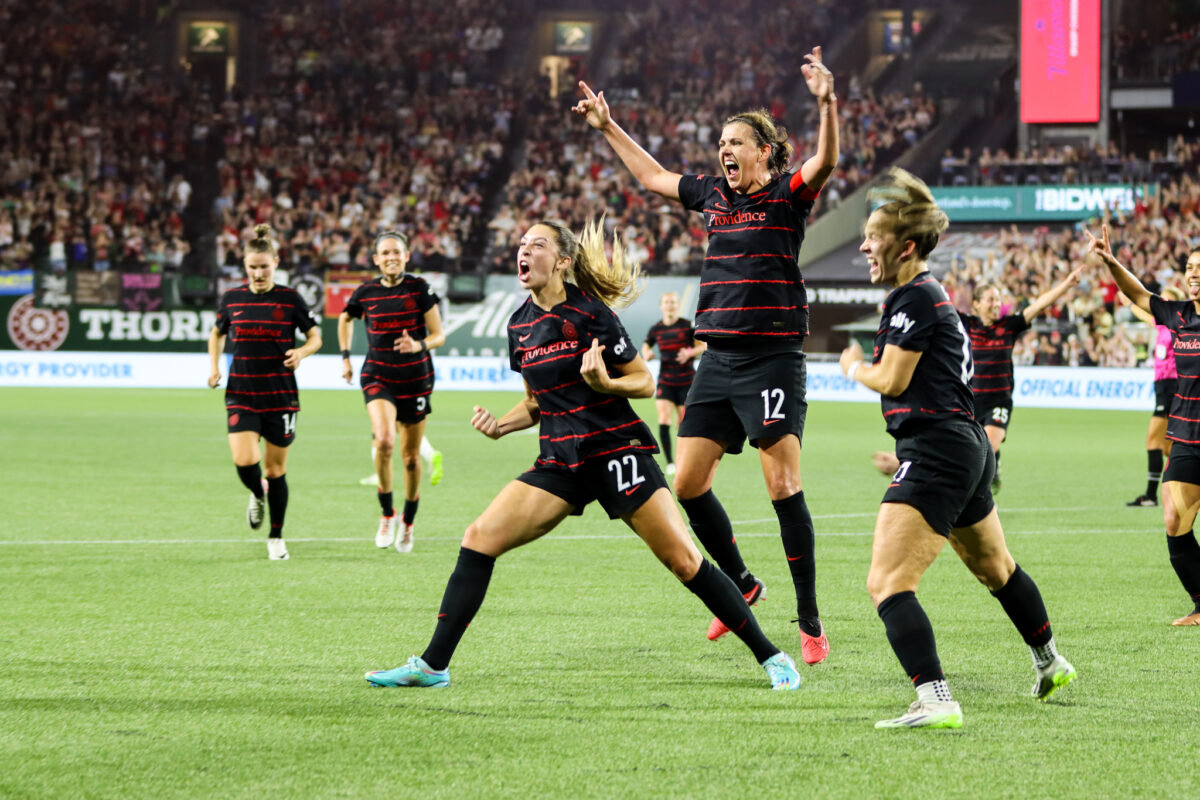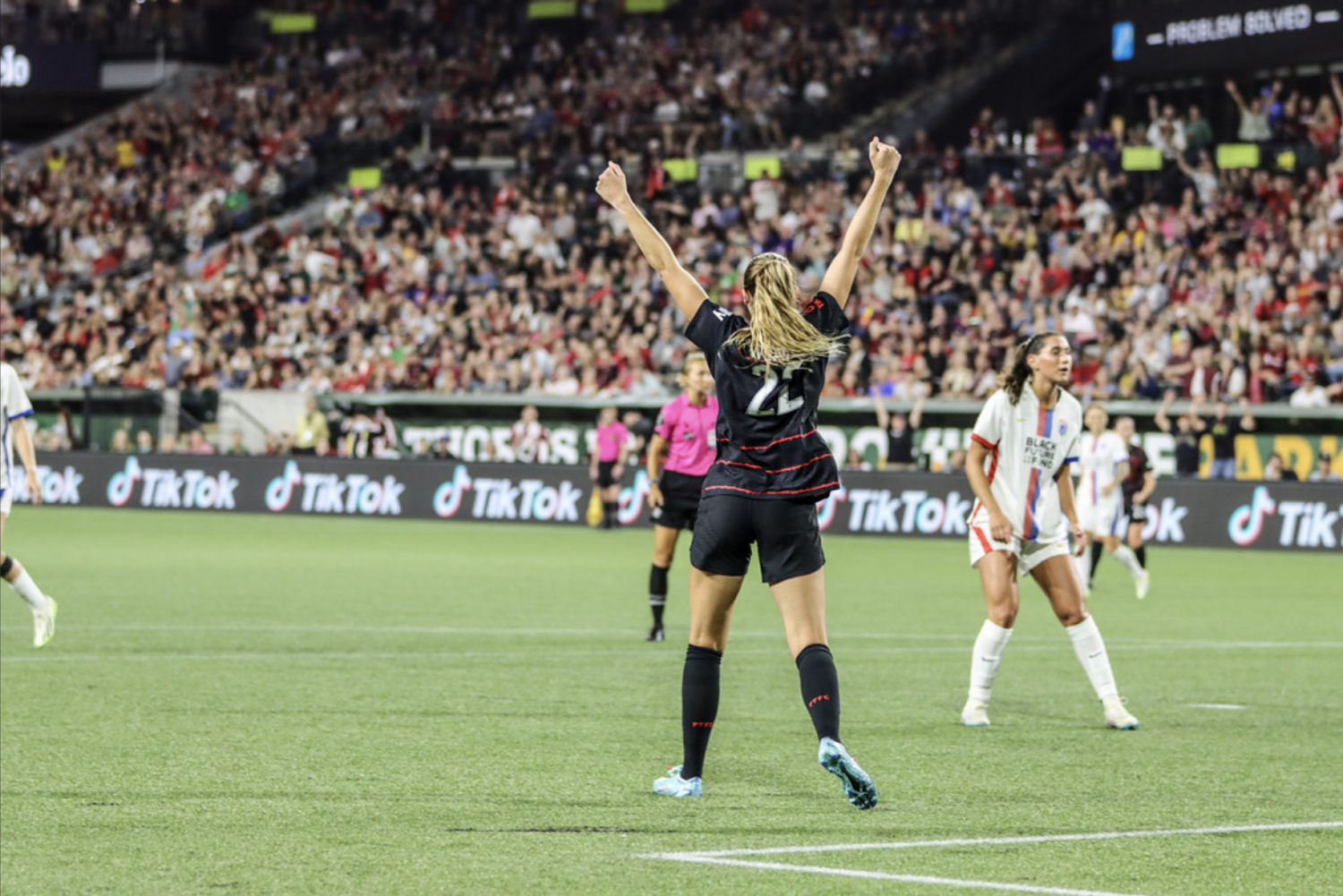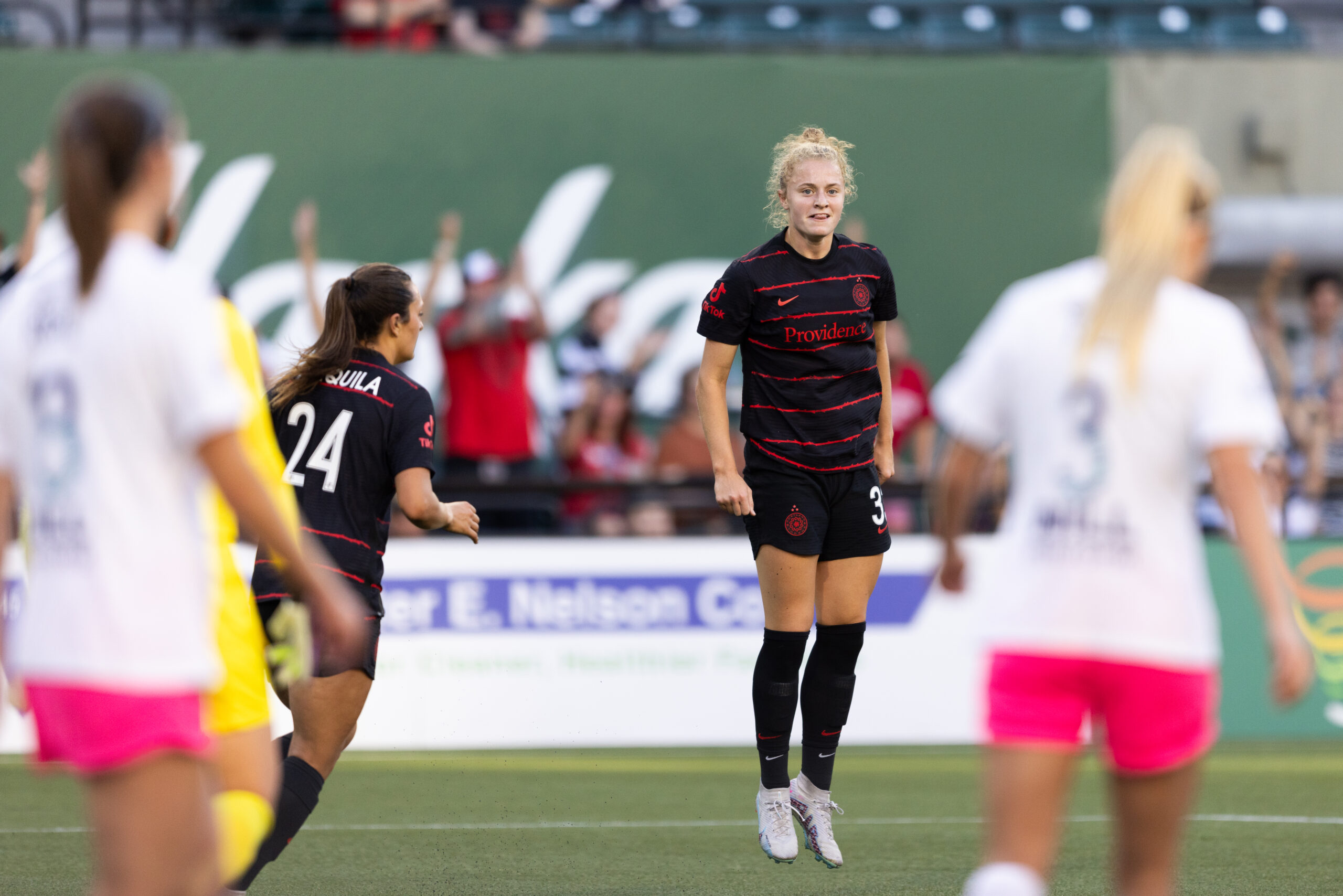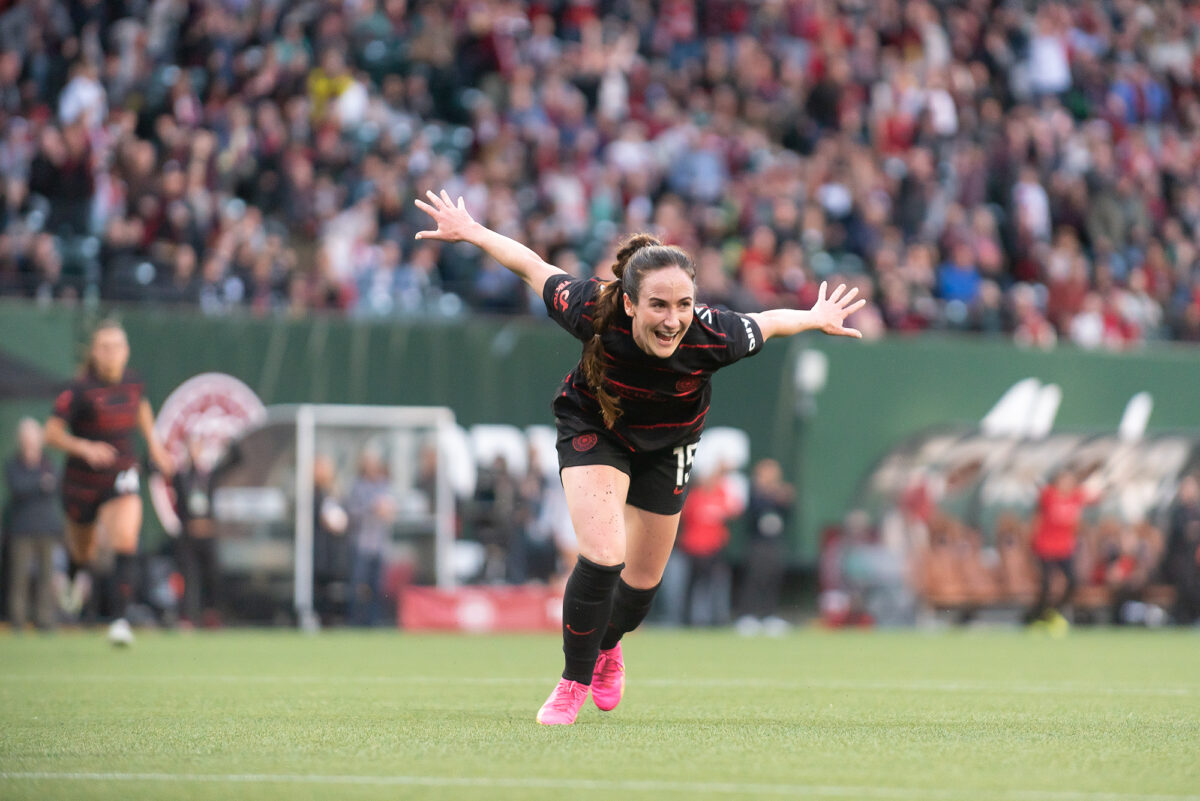There’s no disputing that 2024 is a new era for the Portland Thorns. The club is under new ownership, majorly switched up their backline, have partnered with lesbian icon FLETCHER, and, on Sunday, lost their first ever home opener to reigning NWSL champions NJ/NY Gotham FC.
If one of those seems like it’s not like the others, it’s because it’s not: the Thorns are on something of an unprecedented losing streak, having failed to take a point out of their last four matches (unfortunately, a club record) across all competitions going back to last season.
Record aside, Sunday’s match looked to be a marked improvement on Portland’s season-opening 5-4 defeat in Kansas City. The Thorns looked more locked in, were making a collective effort to win balls (even if they struggled then use that possession to build out of pressure), and were ultimately denied from the scoreboard by two offside calls on two highlight-worthy Sophia Smith goals and a handful of brilliant saves from Gotham’s backline and goalkeeper Cassie Miller.
“I don’t think I could have asked for any more in terms of trying to win the game,” Thorns head coach Mike Norris said. “I’m not sure we could have done more without coming away with one or three points.”
The defense thing
Naturally, when a team concedes five goals in a game—as the Thorns did against the Kansas City Current last week—their defense is going to be something of a focus in the next one.
It also wasn’t shocking to see the changes Norris opted to make in Portland’s backline, with Becky Sauerbrunn replacing Isabella Obaze and Reyna Reyes stepping in for Nicole Payne in the Thorns starting XI. (Sauerbrunn and Reyes had both been limited in their minutes the week prior, as both were returning from national team duty and reintegrating with their club team.) And the changes, to Norris’ credit, left the team looking noticeably more settled in defense.
“This week, we really focused on team defending,” Sauerbrunn said. “When the people in front of you are really putting a shift in, it makes it a lot more obvious and easy for the backline to know where they need to be.”
Not a small portion of that can be credited to Sauerbrunn. Portland had looked to be missing her leadership against the Current—an issue amplified by the team playing a goalkeeper with relatively limited NWSL minutes and three of their four defenders making their league debuts.
“She just oozes confidence in terms of what she gives off and the belief and confidence that she has in other players,” Norris said of Sauerbrunn. And that mindset spreads to the players around her: “When you’ve got somebody with Becky’s experience in the backline, I think the leadership, the communication part, I think it just helps to bring the best out of other people as well.”
Fortunately, that best in others came out, with the Thorns showing a commitment to win one-on-one battles—not just in defense, but across the field—that had been missing last game.
“Eyes are on the backline,” Sam Coffey said, “but it starts with our No. 9, it starts with our frontline […] just making sure we are being our most front-footed, aggressive selves all over the field, and I think we did a much better job of that tonight.”
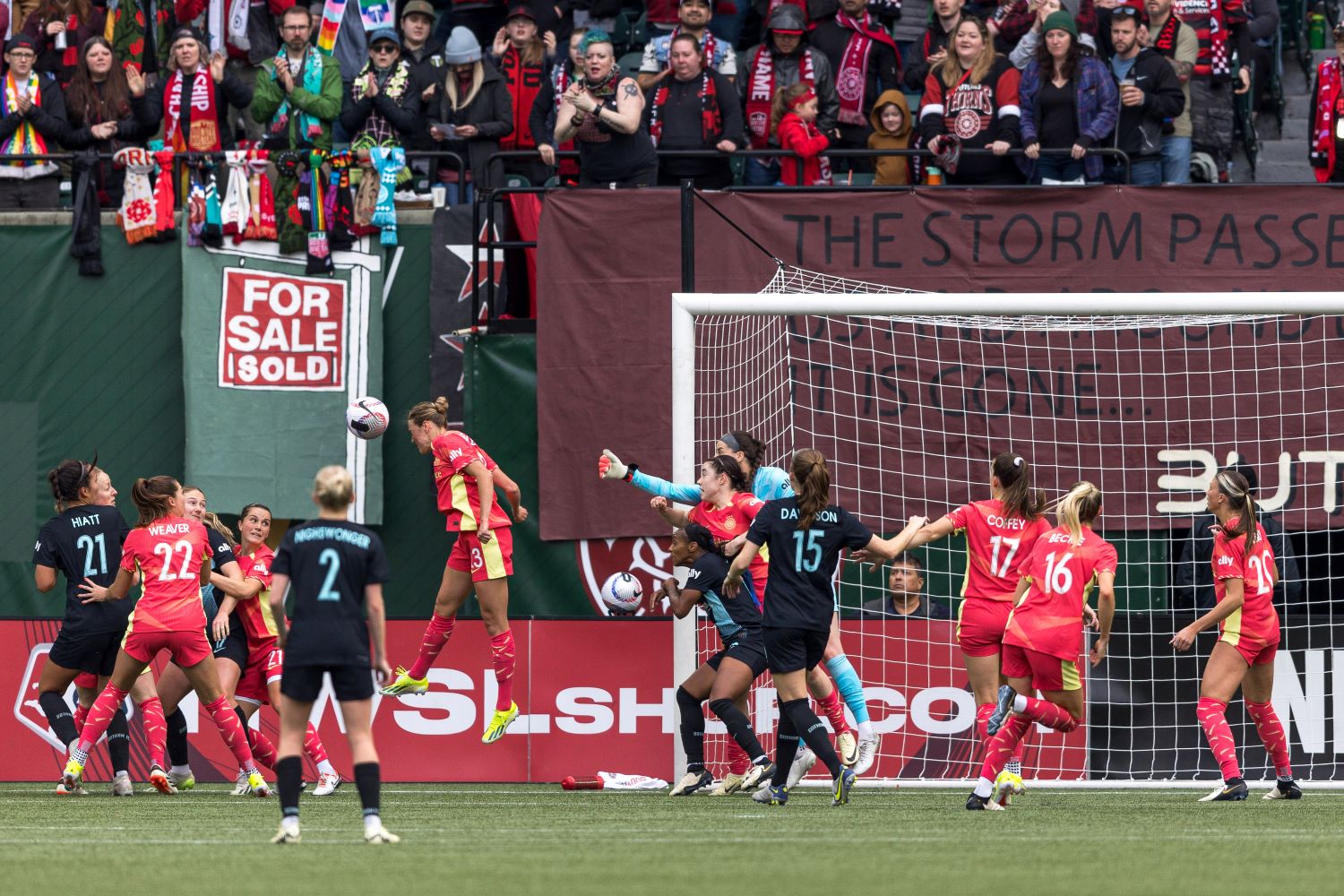
Did things just not go Portland’s way?
The thing is: Gotham definitely got lucky with Smith being offside on both her disallowed goals. The other thing is: Portland’s attack wasn’t nearly as fluid as we know it can be.
The Thorns did generate a fair number of chances—15 shots for 1.24 expected goals to Gotham’s nine shots and 0.72 expected goals—and were unlucky with the Smith offside calls and a couple shots that sailed just wide, but they also bypassed building possession through working through the midfield, a method that has traditionally helped Portland maintain control of a game’s tempo and find their moments to break down their opposition’s defense. Instead, the Thorns tried to use their width to move the ball up the flanks. It’s a decision that’s not unfounded given the skill of Reyes, Marie Müller, Morgan Weaver, and Janine Beckie, but Portland thrives on being a team that can hurt their opponent in so many ways, and confining their attack to the flanks limits those options.
And it’s not that the Thorns didn’t look good in the moments they attacked through the midfield: Jesse Fleming sent a beautiful through ball to Smith toward the end of the first half, and Hina Sugita added a new energy to Portland’s offense when she subbed on for Fleming in the 78th minute.
“She came on, she had an impact,” Norris said of Hina, “and that’s all you can ask from anybody coming off the bench.”
Hina’s presence on the field added another wrinkle to the Thorns going forward, and her connection with Smith added a fluidity that was lacking from portions of Portland’s attacking game.
I know it’s early in the year, and Norris is still figuring out his starting lineup for the season, but I’m honestly surprised to see a player of her skill sitting on Portland’s bench for the first 75 minutes of the game—especially in a match that could have used her flare.
When do we start asking about Norris?
We’re two weeks into the season, and Portland is the only team to lose their first two games and sits in last place. (The San Diego Wave could match that opening run, but they’ve only played one regular season match this year.) The Thorns, as mentioned above, have also lost their first ever home opener and are on their longest losing streak across all competitions in club history.
I think a number of factors are responsible for that—new ownership and offseason defensive upheaval among them—but I also think we have to start asking questions about Norris if the results continue.
Fortunately, we’re not there quite yet; Norris seems like a coach who has the respect of his players, and he has time to turn things around.
I’m sorry, I don’t really know Dune, but the people seemed to like this Tweet
Lisan al gaib
IFYKYK pic.twitter.com/LytopBRlCz
— Portland Thorns FC (@ThornsFC) March 24, 2024

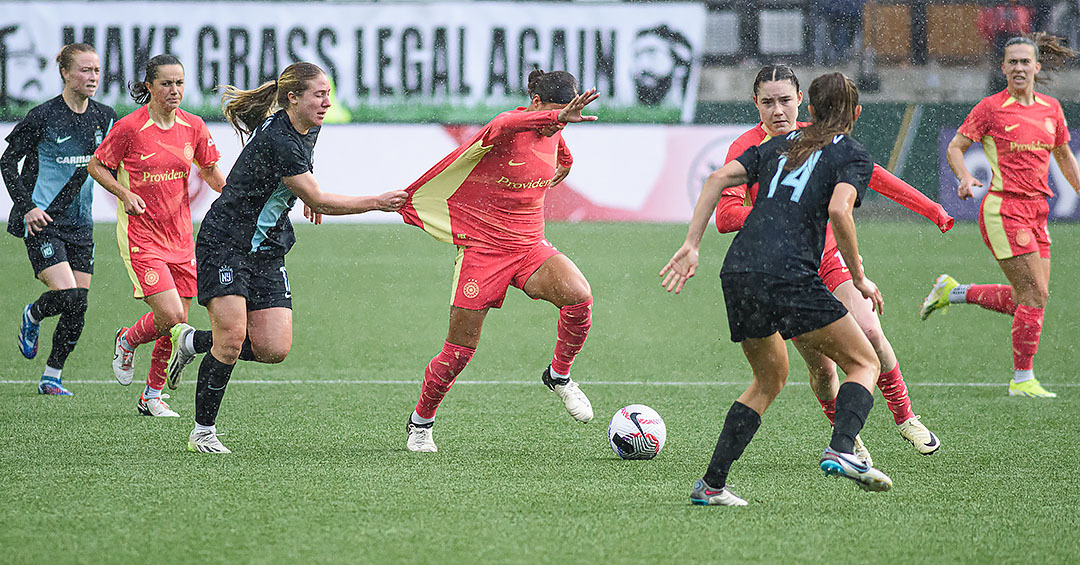
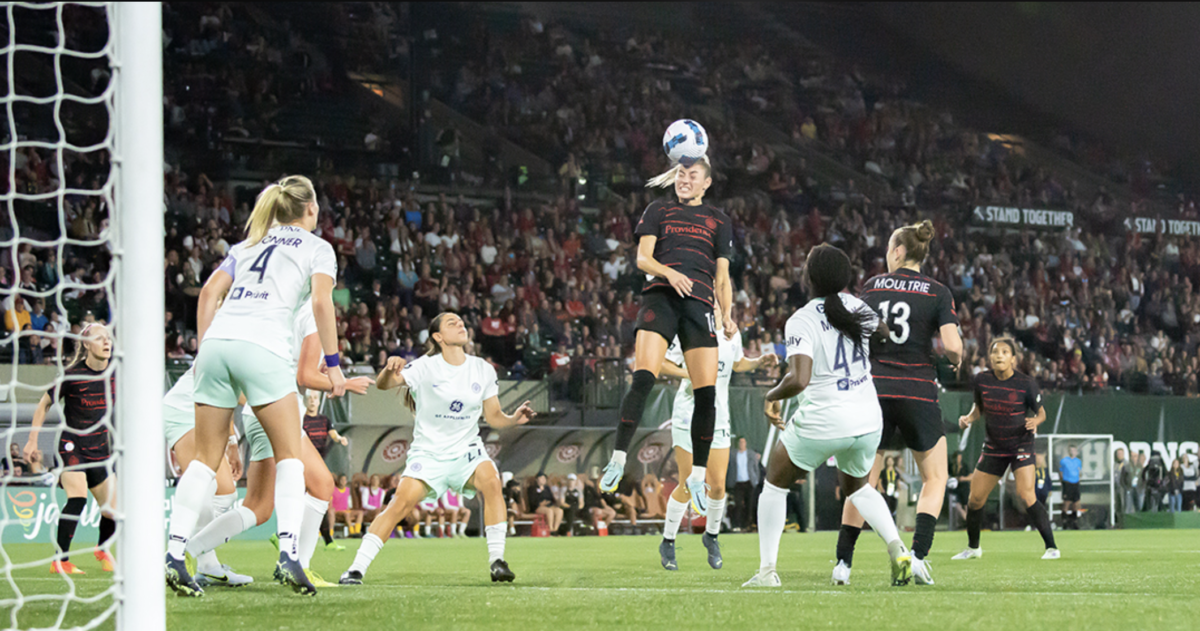
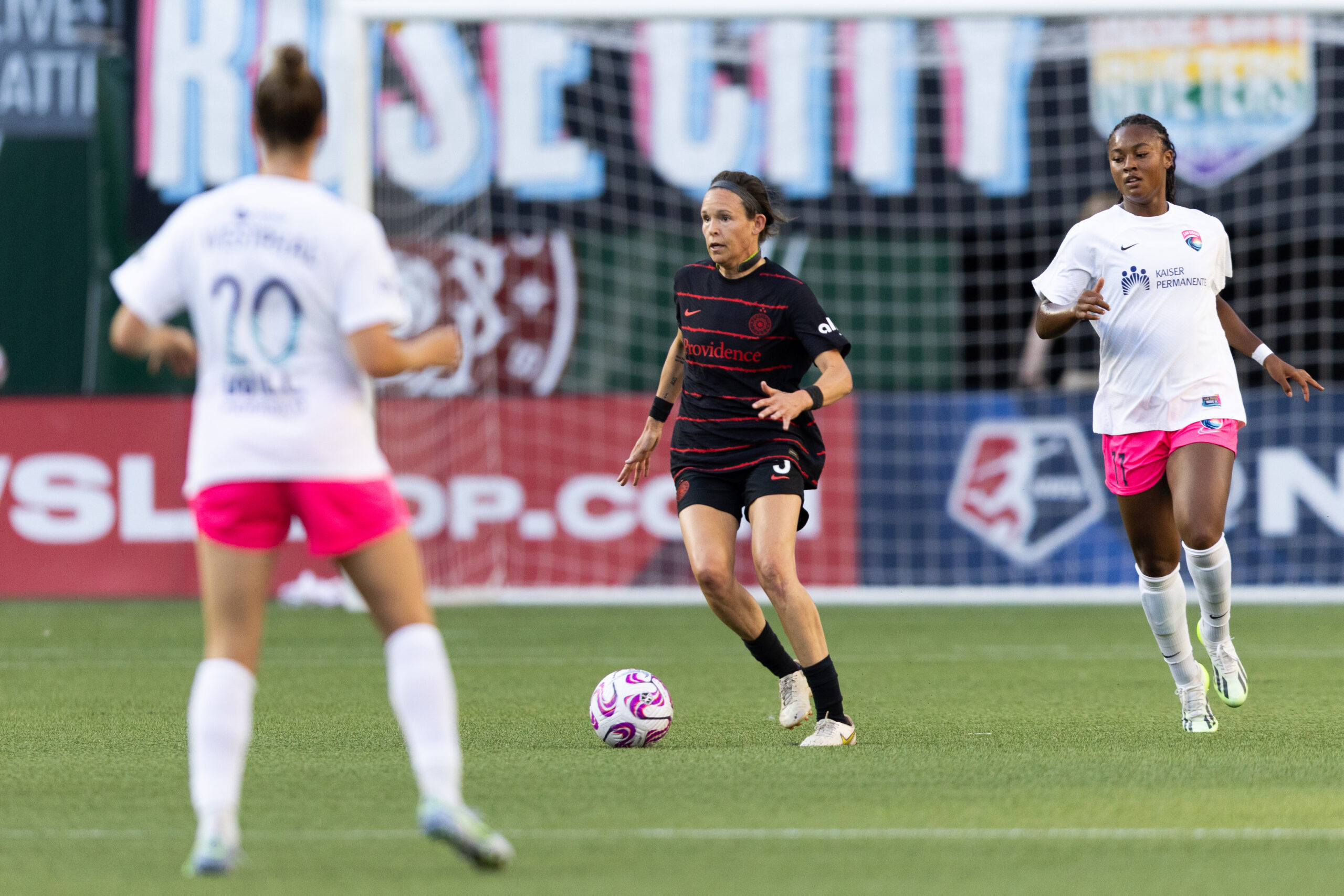
 Unlock with Patreon
Unlock with Patreon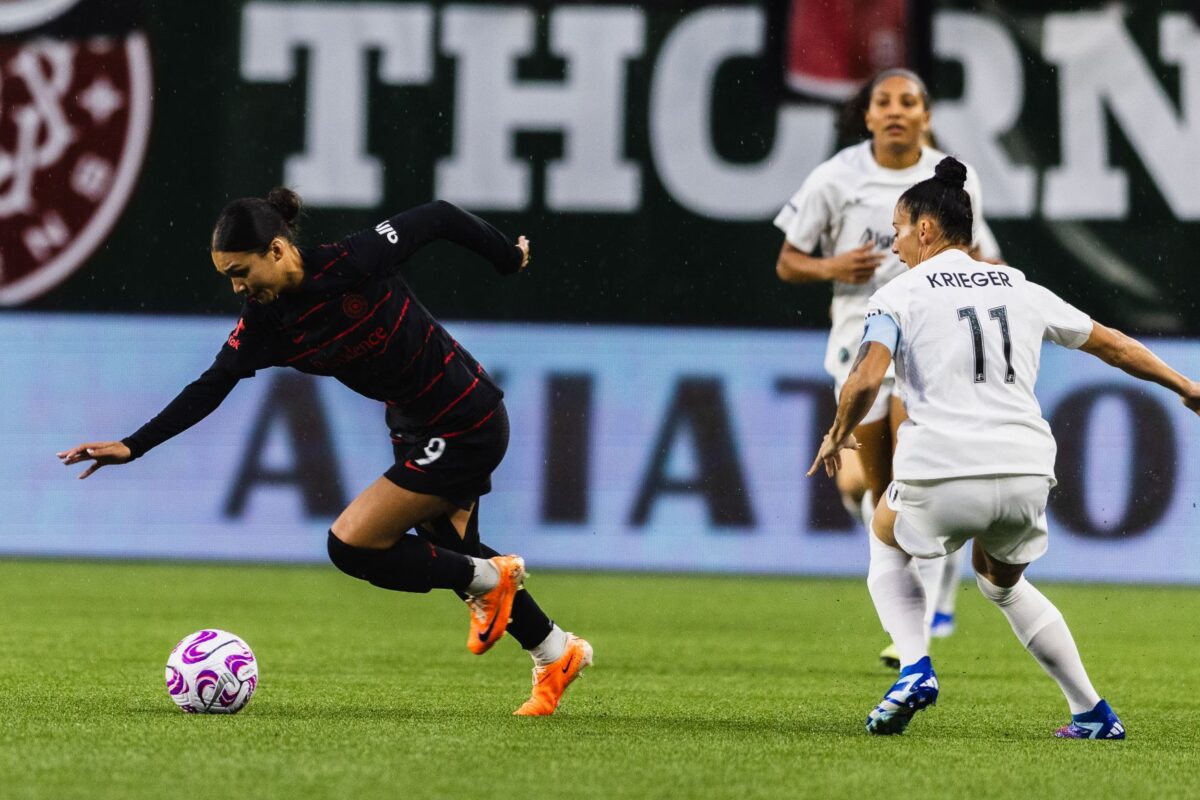
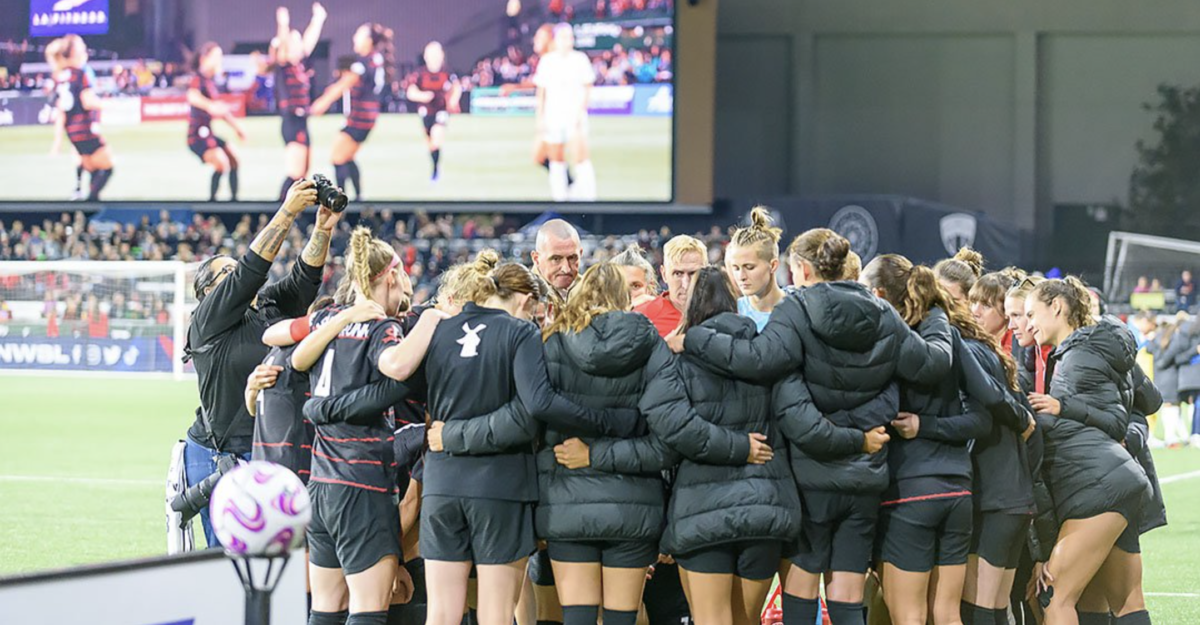
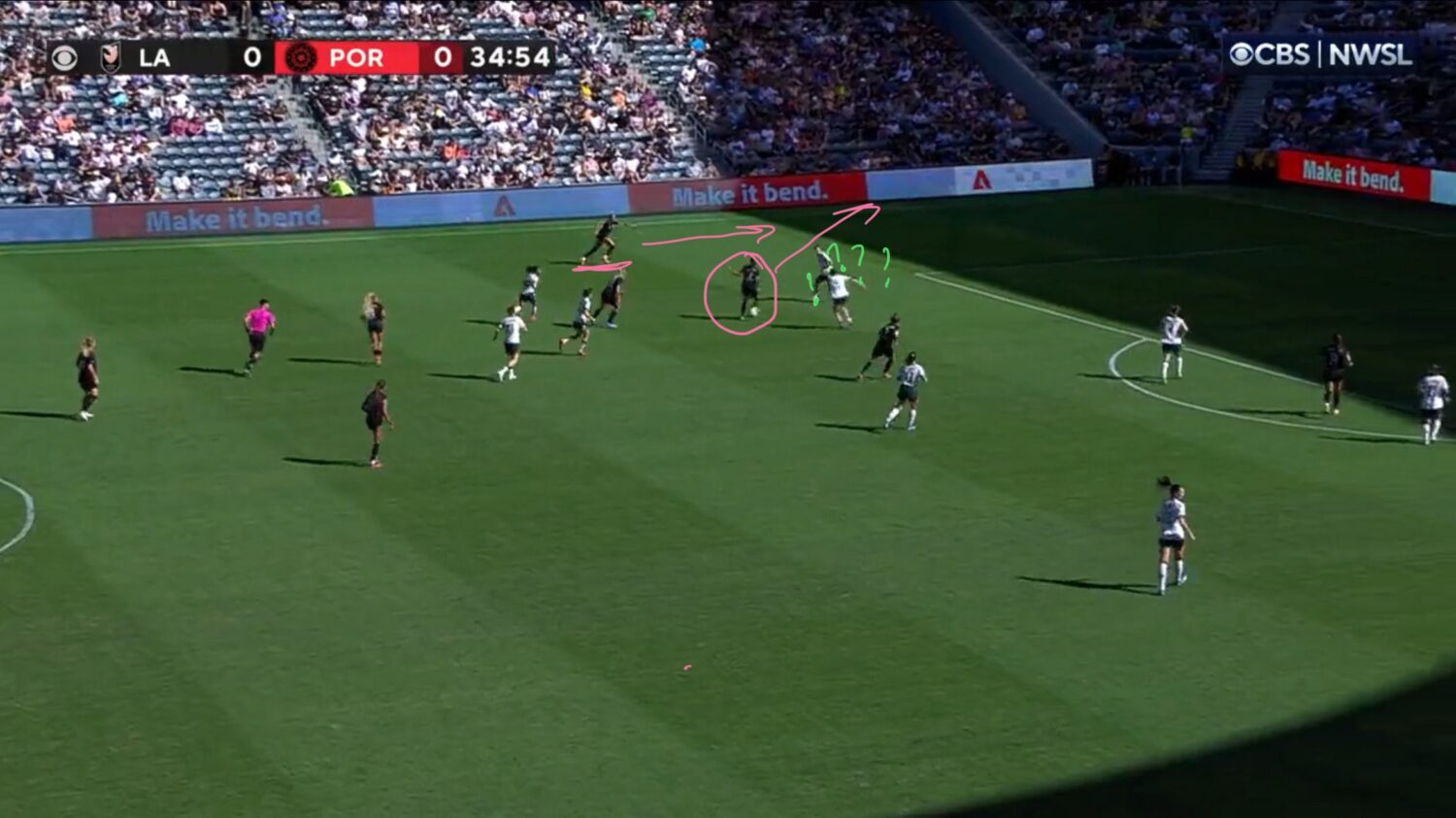
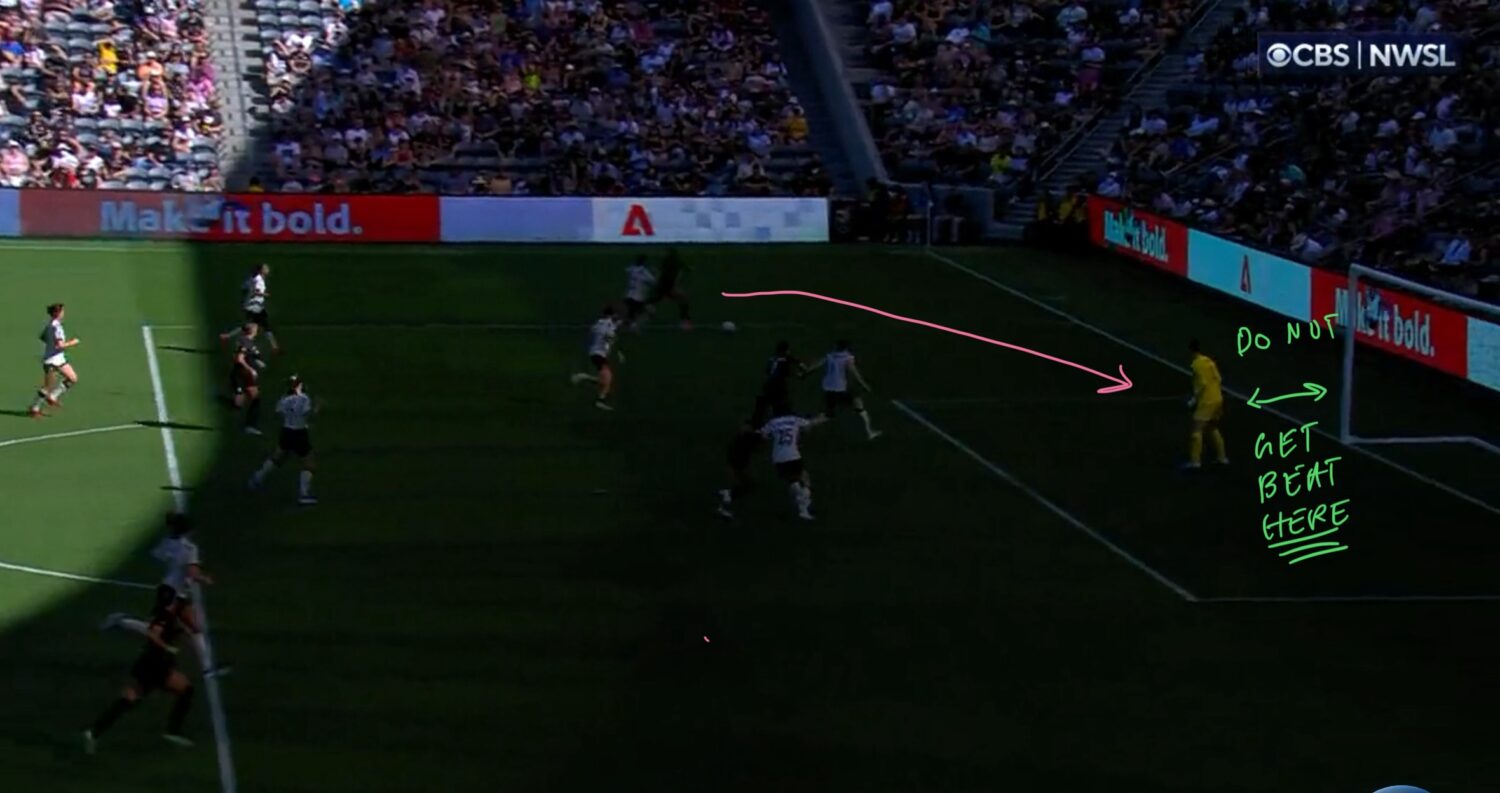
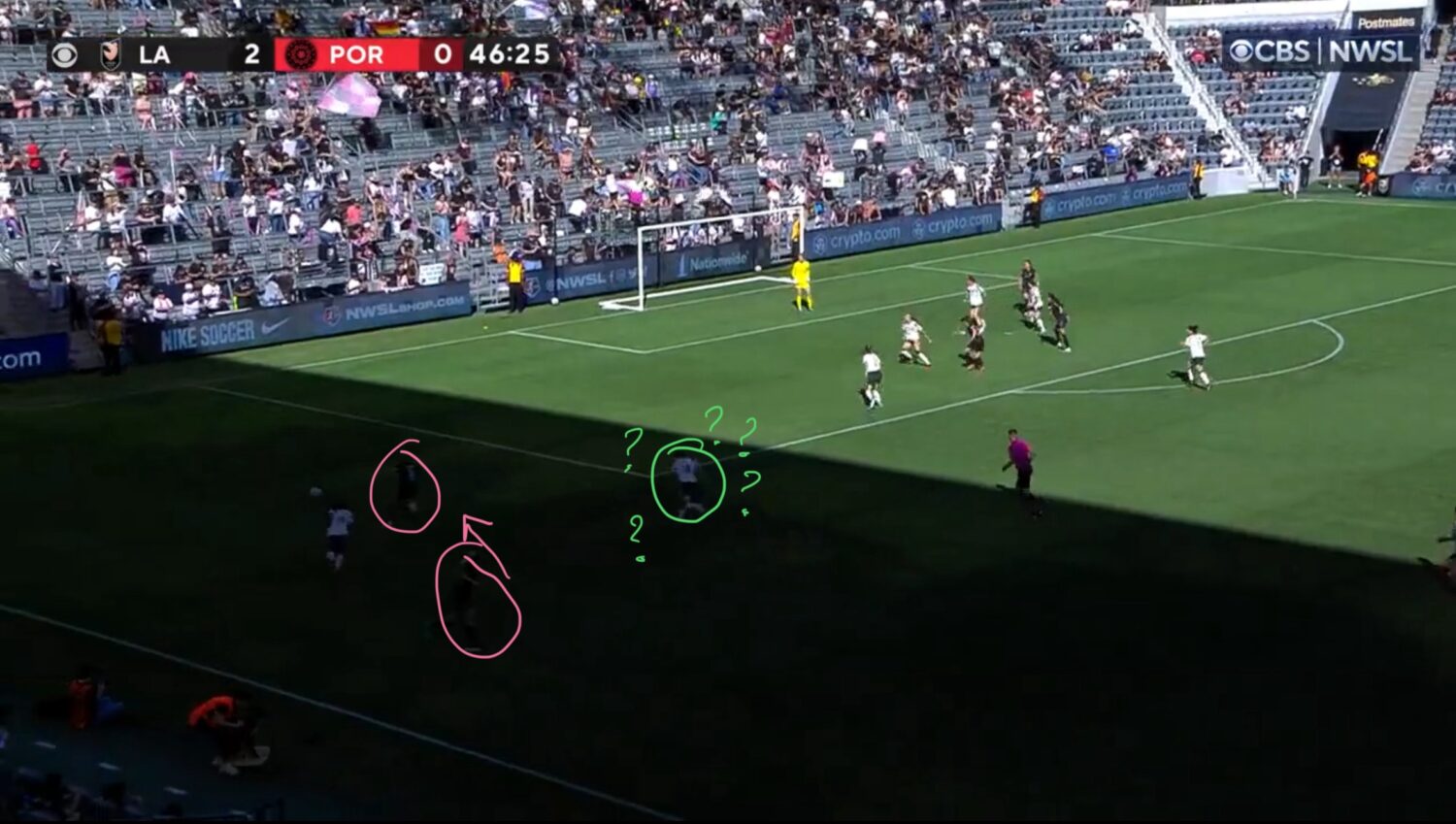
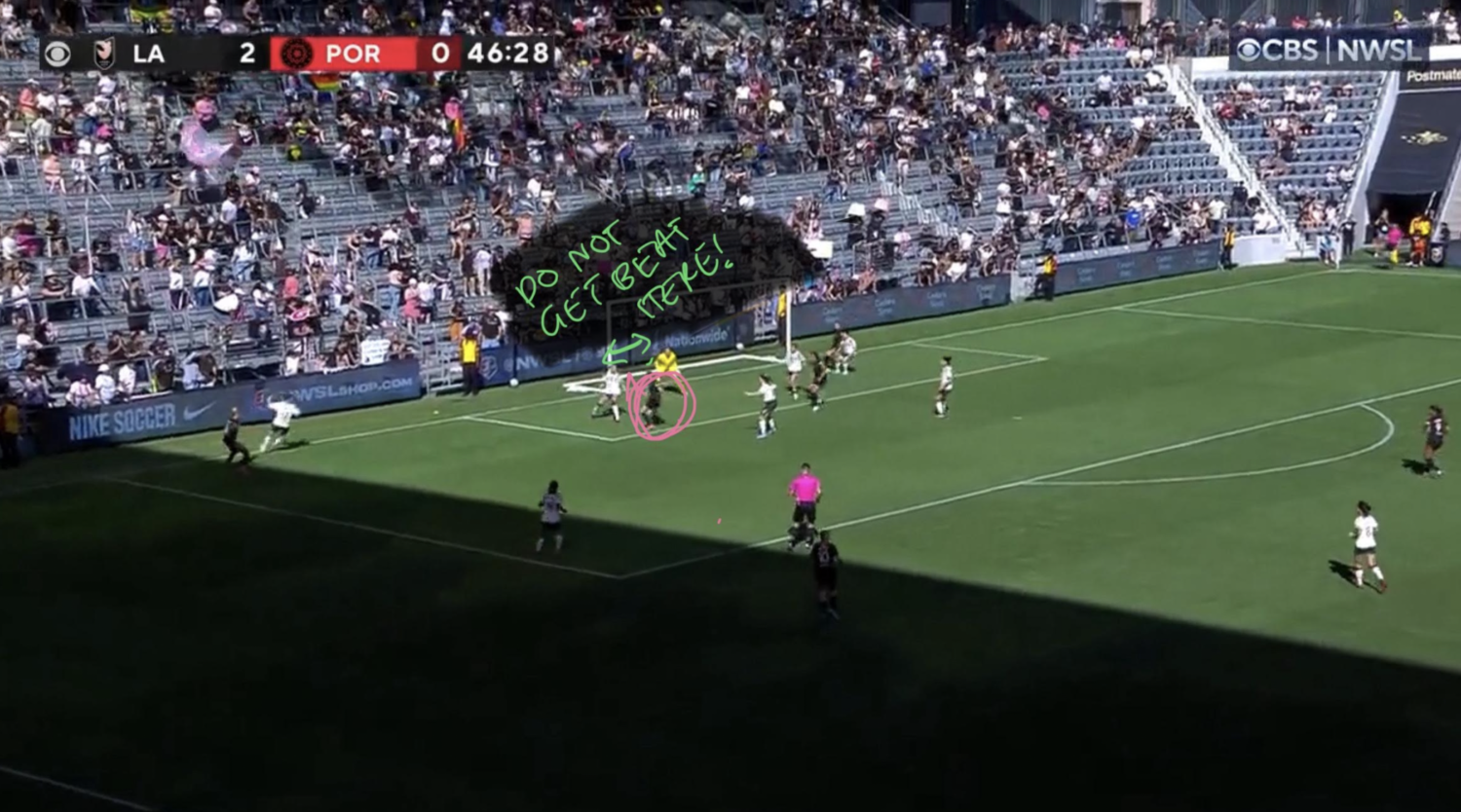 The Angel City player doesn’t make the best choice and passes it right into traffic in the six-yard box, where it looks like they are covered both by Bixby and Kelli Hubly at the near post. So, how does this play end in a goal? Honestly, I have no idea. Maybe it would have been a weird fluke, but when it’s the third goal given up in one game in the same mann
The Angel City player doesn’t make the best choice and passes it right into traffic in the six-yard box, where it looks like they are covered both by Bixby and Kelli Hubly at the near post. So, how does this play end in a goal? Honestly, I have no idea. Maybe it would have been a weird fluke, but when it’s the third goal given up in one game in the same mann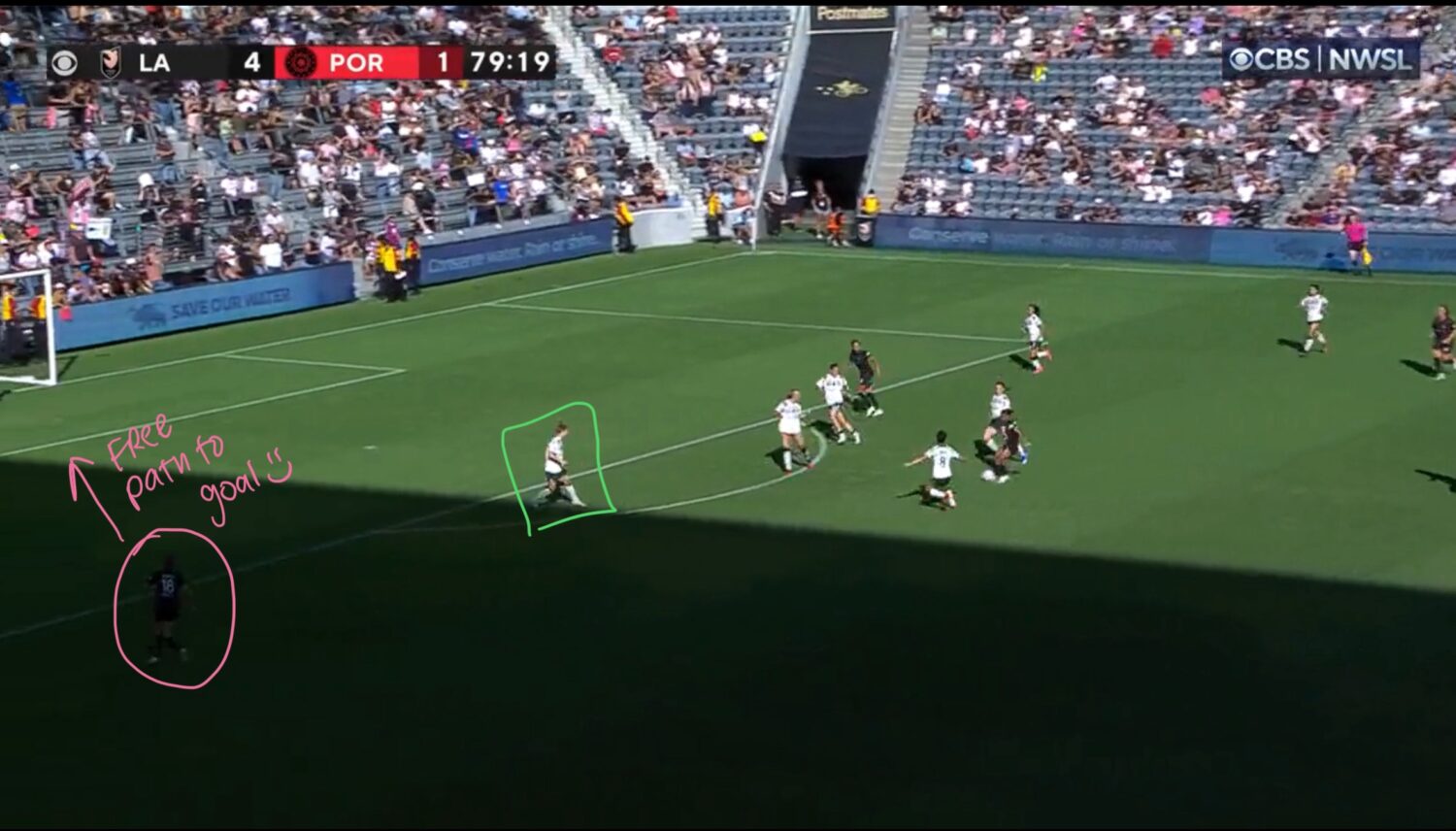 Angel City’s fifth (!!!!!!) goal came nearly immediately after Hina Sugita pulled one back for the Thorns. Once again, it came up the Thorns’ right side, attacking Kuikka, who had not been subbed out yet. Four players collapse around Alyssa Thompson at the edge of the 18-yard box, with Kuikka (green square) alone in the middle. Jun Endo (pink circle) is unmarked at the edge of the 18, squarely in front of goal. Thompson makes the pass in front of Kuikka, who cannot recover in time, and suddenly Angel City had regained their four-goal cushion.
Angel City’s fifth (!!!!!!) goal came nearly immediately after Hina Sugita pulled one back for the Thorns. Once again, it came up the Thorns’ right side, attacking Kuikka, who had not been subbed out yet. Four players collapse around Alyssa Thompson at the edge of the 18-yard box, with Kuikka (green square) alone in the middle. Jun Endo (pink circle) is unmarked at the edge of the 18, squarely in front of goal. Thompson makes the pass in front of Kuikka, who cannot recover in time, and suddenly Angel City had regained their four-goal cushion. 